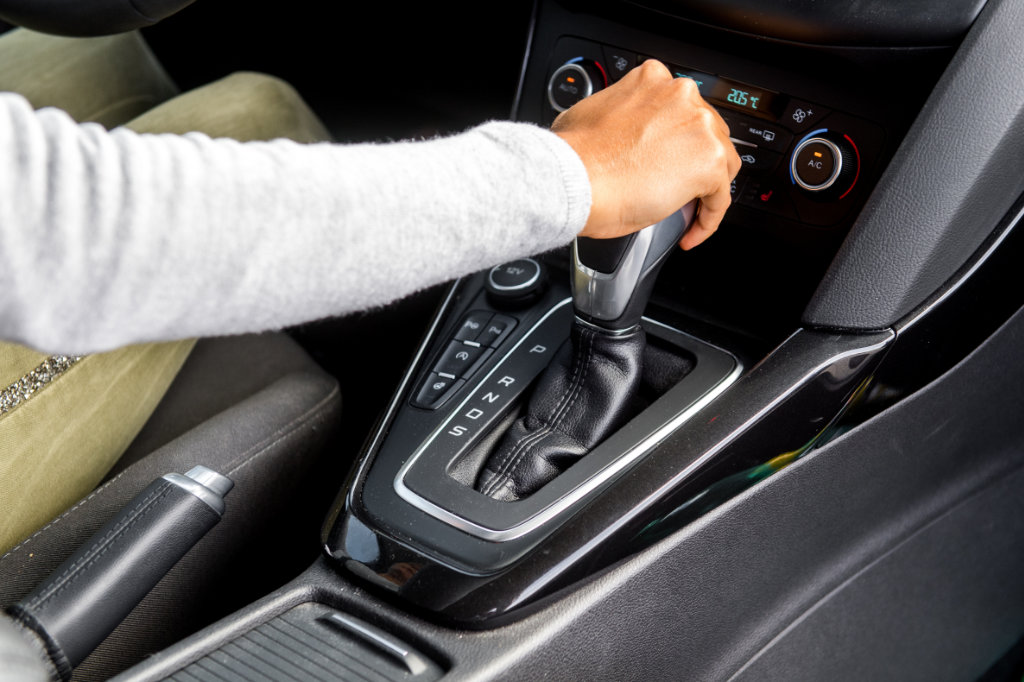1. Name
In a traditional automatic transmission, a torque converter is installed between the engine and transmission. This core component contains an impeller, turbine wheel and a guide wheel. Driven by the engine, the impeller blade catch oil in the housing which creates a flow that will delayed drive the turbine wheel. This principle ensures a smooth startup and separates the drive train from the engine’s vibrations (referred to as engine irregularities).
2. Planetary Gear
An automatic torque converter transmission contains several connected planetary gears. Each one consists of a sun gear and three planetary gears. The different ways that the rotating components are connected (separated or braked) creates the various gear ratios or shifts. Today, planetary gears stand out due to their high efficiency made possible by an intelligent control and highly efficient components. Therefore, millions of planetary gears can be produced in just a few seconds, as shown in this video:
3. Development of Automatic Torque Converters
Automatic torque converters help to ensure that drivers experience the highest level of driving comfort. The vehicle is started, and put into drive very smoothly (with the help of the torque converter), then consistently comfortable driving conditions are maintained. In recent years, the number of gears integrated into transmissions has been increasing, allowing engine speed to perfectly match the speed of the wheels. This makes it possible for the engine to run within the optimal speed range, even at a relatively high speed. This naturally leads to lower fuel consumption and increased driver comfort.
4. The Future of Automatic Torque Converters
Plug-in hybrid engines are more frequently using automatic torque converters. These combine the power of combustion engines and electric motors. As a result, experts are predicting that in the future, fewer gears will be required. This is because electric motors will handle the propulsion of the car based on specific driving situations (i.e. when starting the car). Therefore, the combustion engine will be used less frequently, and the number of gears required is reduced. For example, the automatic torque converters in some current plug-in hybrids only use six gears.
5. Market Penetration of the Automatic Torque Converter
The market penetration of torque converters has been disparate for decades in Europe and North America. According to an article in a 2016 issue of the German car magazine, Automobilwoche, only 16.7 percent of passenger cars in Europe are equipped with an automatic torque converter, compared to 73.7 percent in the U.S.A. However, the market share of automatic transmissions is continuously increasing in Europe. For certain luxury vehicles, manual transmissions are only available for a limited number of engine types. Many experts believe that hybridization, electrification and autonomous driving systems will continue to grow the market.
Competition
(Market) competition between automatic torque converters and dual-clutch transmissions has been dominating the production of automatic transmissions for years. In this context, dual-clutch transmissions stand out among others owing to their efficiency and fast shifting, while automatic torque converters feature greater comfort.

